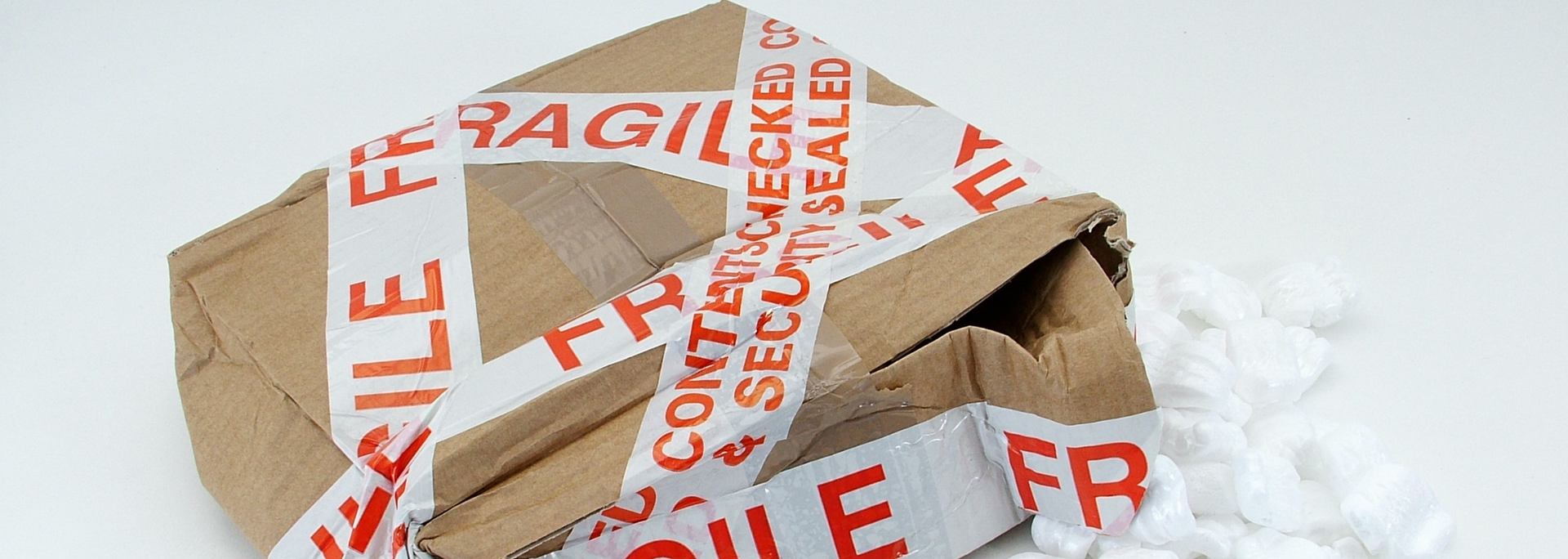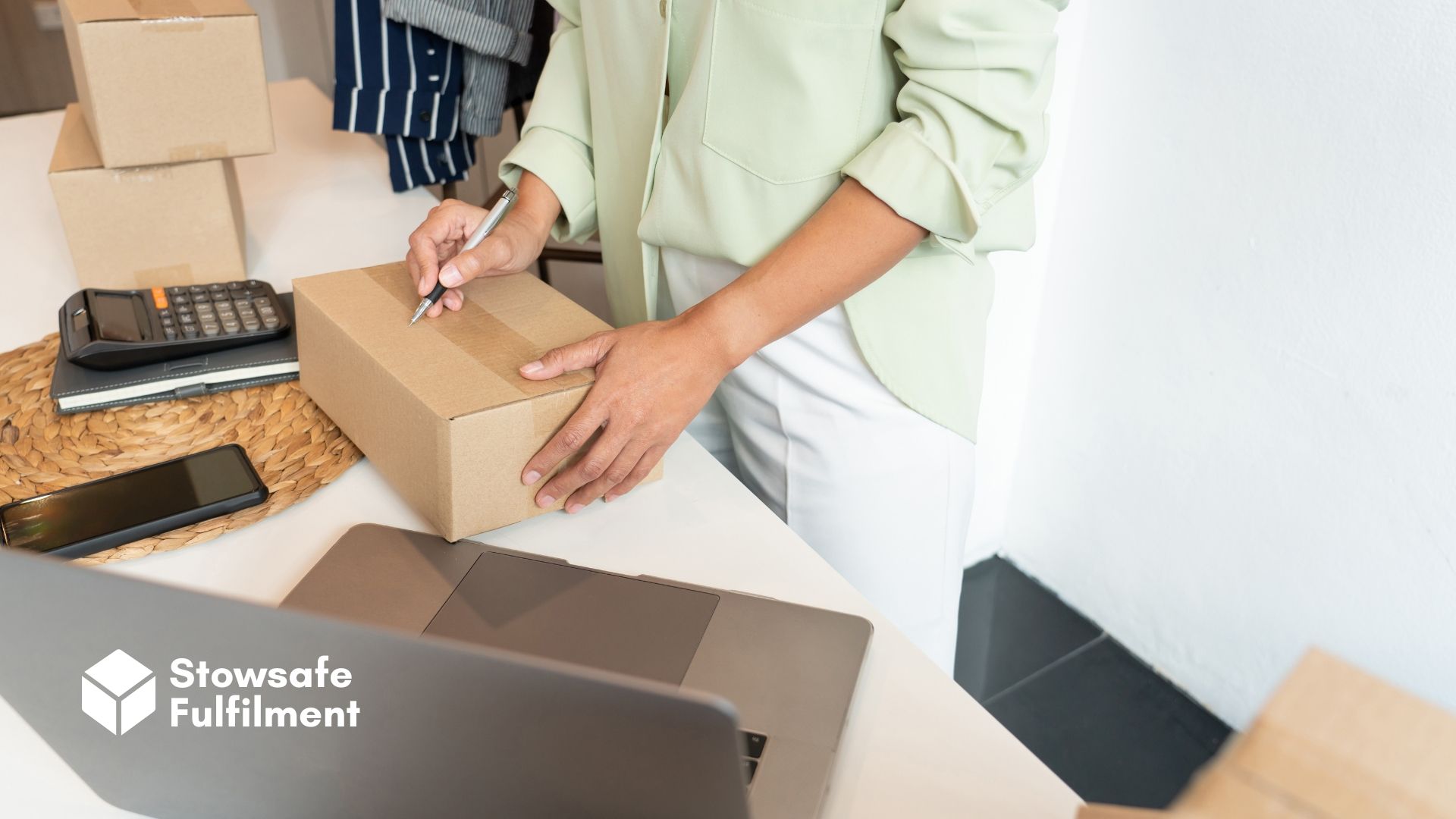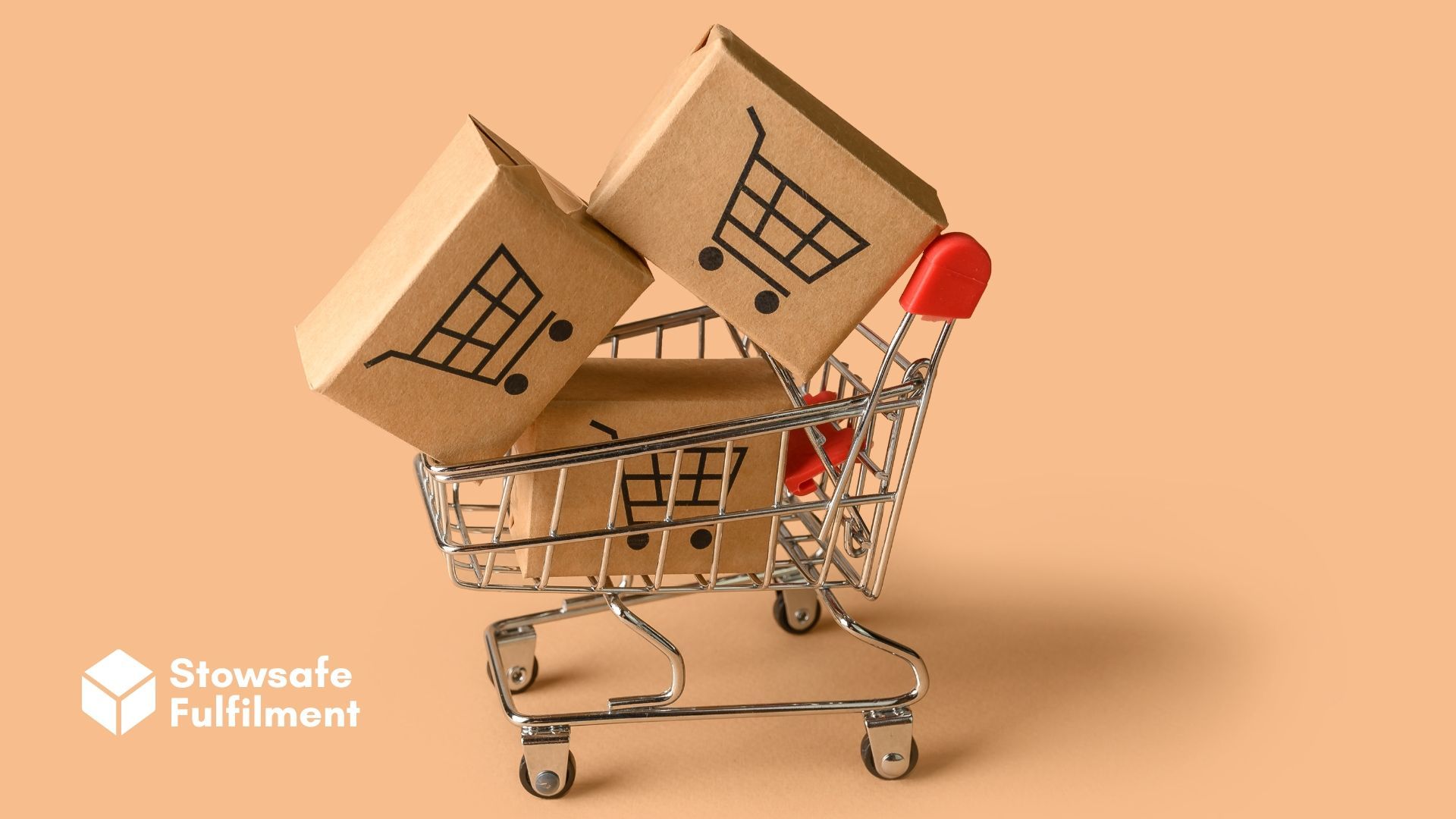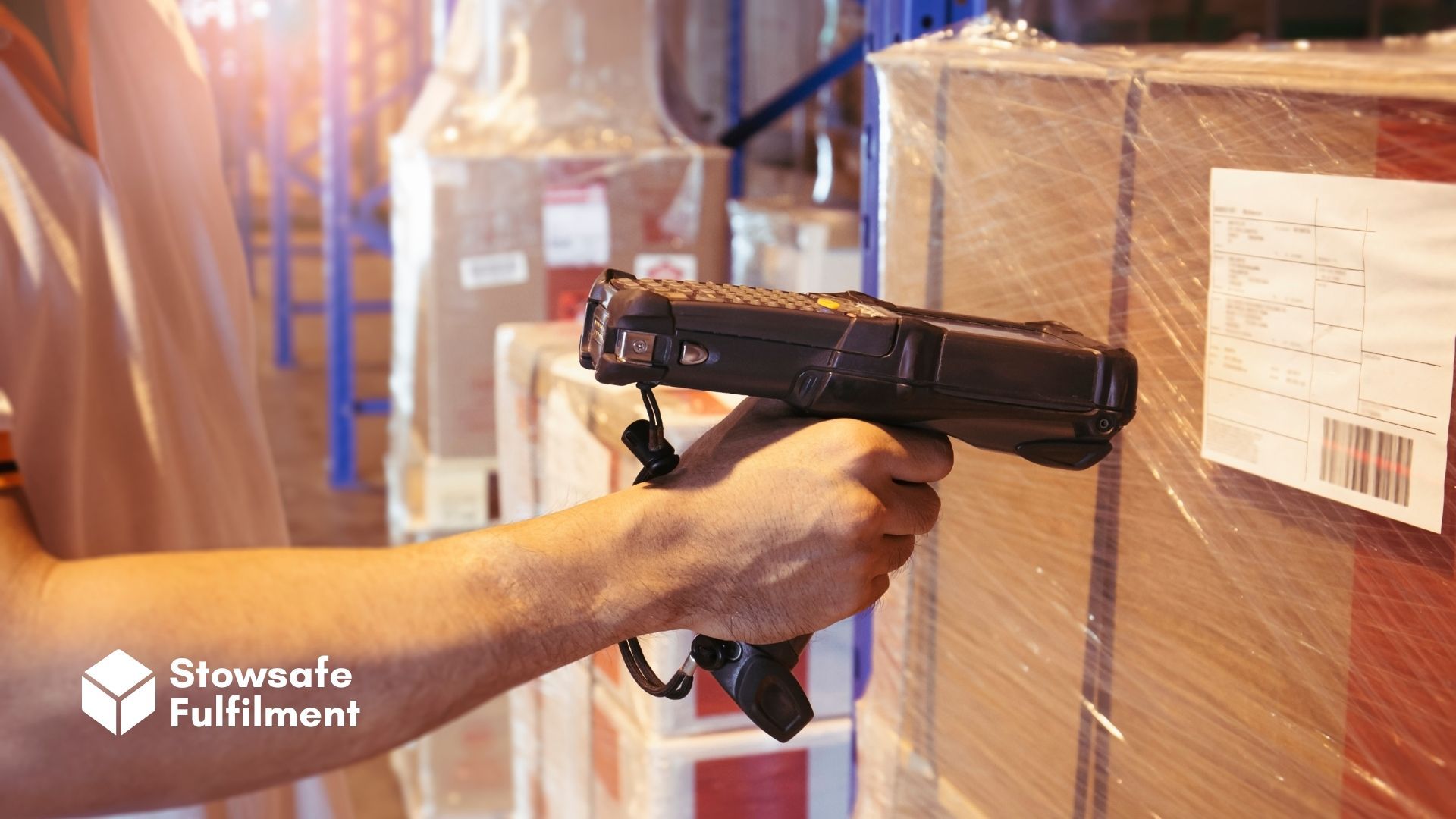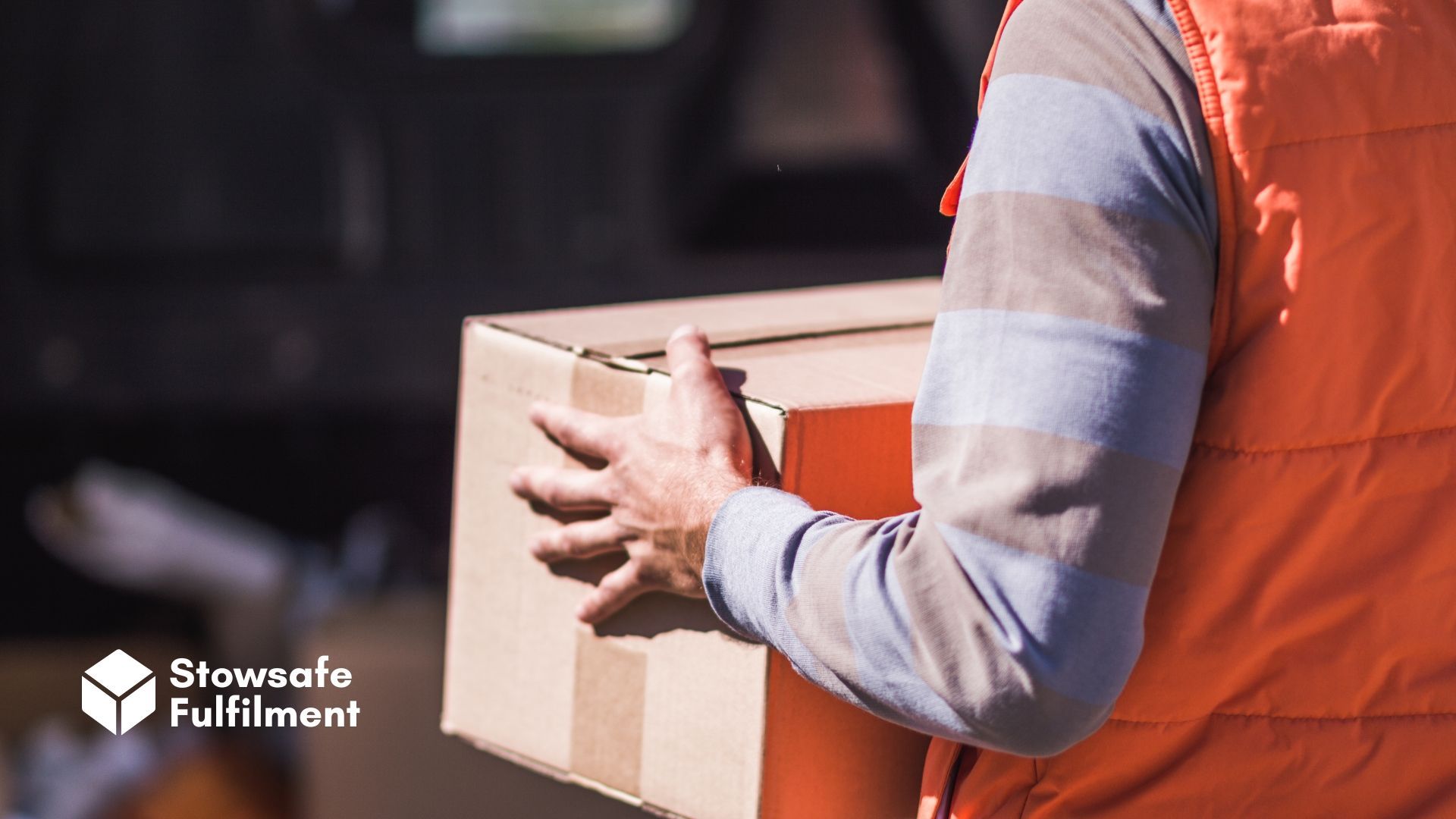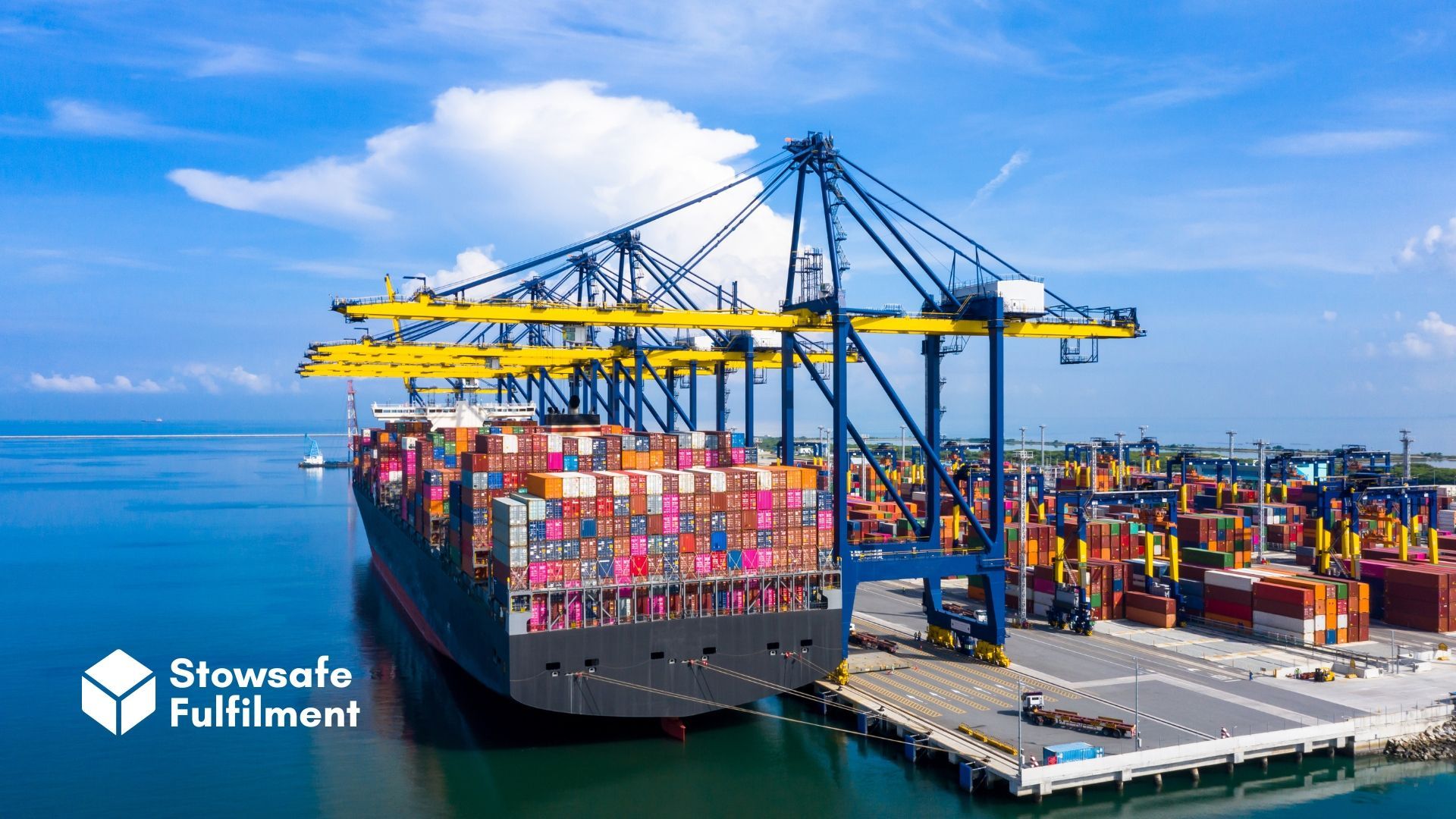Find out who is responsible for lost, damaged or late parcels in this handy guide to UK delivery rules.
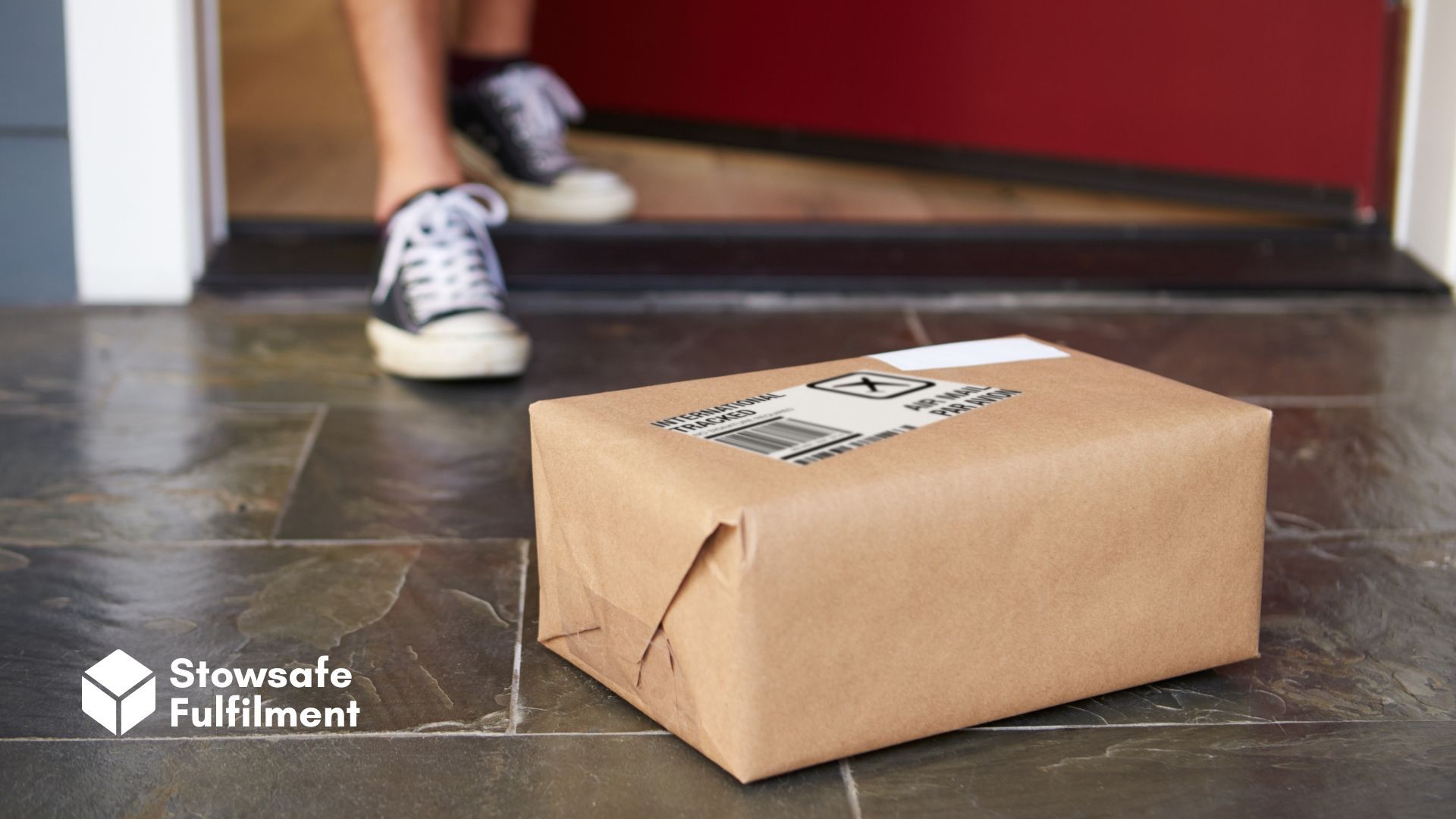
More and more customers are buying online these days – some nearly exclusively. It's convenient, easy and usually very fast. But sometimes a delivery gets delayed, lost or damaged – and doorstep thefts are on the rise.
It can be hard to know where you stand as a retailer, so here's a quick lowdown on UK delivery laws.
Your obligations to the buyer
When a customer buys an item online – or otherwise "at a distance" – they have entered into a contract with you.
The Consumer Contracts Regulations state that, at the point of sale, you should provide the customer with a clear description of the item being sold, along with the total price including VAT and additional delivery charges. You should also provide your identity (your business or trading name), as well as your address and contact details so the customer can get in touch with you easily.
On your website or listing, you should have information on how the customer can cancel purchases and what the customer should expect when returning goods. A clear complaints policy should be in place and visible to potential buyers.

When giving estimates on delivery times, avoid misleading statements. If you state you can "offer next day delivery", or that your item will "arrive by Christmas", you have entered into a contract with the buyer and must honour this.
Knowing exactly what happens in different circumstances can be confusing. So let's review some common issues that can occur during the delivery stage.
If a parcel is delayed
Waiting a long time for something to be delivered can be a frustrating process for both retailer and customer.
If a parcel is delayed, you can expect the customer to contact you – if you don't contact them first. In any case, you need to be equipped with the facts before you promise anything.
When goods are ordered online, you have entered into a contract with the customer. Under the
Consumer Rights Act 2015, deliveries must be made without delay within 30 calendar days – unless you have agreed to a shorter or longer period with the buyer.

If the delivery time changes because of delays outside of your control, you must contact the buyer and make them aware of this.
If you have agreed on a specific delivery date – for example, if the customer has paid extra for next-day delivery or a guaranteed delivery date – then the customer has the right to claim back this additional cost if the delivery is late. They can also ask for a refund if they have agreed with you beforehand that they need it for a specific date (for example, a suit or dress for a wedding) and this has not been met.
If the item is not delivered on time, the buyer is within their rights to terminate this contract and let you know this, either in writing or by phone call. Alternatively, they could specify a new period in which to deliver. If it isn't delivered in time again, the customer can treat the contract as expired at the end of this period.
Complaints about delayed parcels should never be ignored and customers should not be told to contact the courier instead. Customers should always direct complaints to you, even if they suspect these might be down to poor service by the courier.
If an order is cancelled
According to The Consumer Contracts Regulations, customers have the right to cancel their order and get a full refund from the moment they place it until 14 days after they receive your item.
They can cancel orders for most items purchased online. If their order is already in transit, it is unlikely they will be able to cancel before it reaches them – but they still have 14 days to cancel after they receive it.
Bear in mind that there are some items that they won't be able to cancel. These include:
Goods that may perish or deteriorate rapidly- Personalised or bespoke items
- Goods such as swimwear and earphones where the seal for health and hygiene protection has been broken
Once a customer has confirmed they have cancelled their order, they should be expected to pay for the return postage – unless you decide to offer free returns. It's worth making this point as clear as possible on the policy section of your website.
However, if the item they have received is very late – or if you had already agreed on a specific delivery period – they may argue that the seller is in breach of contract and ask that you pay for any postage costs.
Act at your discretion here but remember to uphold professional diligence at all times – it's important that you remain honest and fair to all customers.
Damaged goods
It's always disheartening to discover that an item you have sold has arrived in poor condition or damaged.
If an item has been damaged in transit, the customer has the right to demand a refund, repair or replacement. Again, the customer should contact you, even if they think the courier is at fault (by trying to squeeze a brand-new camera through the letterbox, for example).
If you're unhappy with the courier, contact the service and pass on any correspondence with the customer.
You are responsible for the goods until they reach the customer. If a customer contacts you about damaged or faulty goods, ask them to send clear photos of the damage if they haven't already. If the goods are not fit for purpose, the customer has a 30-day right of withdrawal.
Things can get a bit murkier if they have agreed to leave their package with a neighbour or in a safe place.
If an item is missing
If a customer contacts you saying a parcel is missing, check to see if they've specified delivery instructions. If they've agreed on a safe space, or for the package to be left with a neighbour, then you are no longer responsible for the item or anything that goes wrong after the delivery has been made.
If they didn't agree to any delivery instructions and the package is missing, then it is still your responsibility. If the item has been left somewhere they didn't specify, like on a doorstep without permission, then you are legally bound to redeliver the item or offer a refund. Direct any complaints to the courier service.
If the customer thinks the item has been stolen then it is also a matter for the police. Any evidence, like CCTV or electronic doorbell footage, will be useful when a customer makes a report. You should cooperate fully with the customer and the police in any investigation.
Stowsafe is a trusted
fulfilment and storage provider based in the UK. We help businesses match ever-increasing customer expectations by dispatching their products with same-day dispatch using a network of trusted couriers.
Take your online business to the next level with speedy, hassle-free delivery and amazing unboxing experiences.
Get in touch today to get started.
All Rights Reserved | Stowsafe Fulfilment

